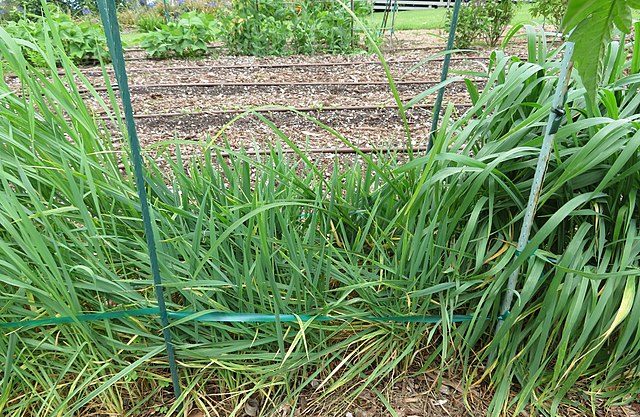In summary: At the Italian durum wheat/pasta table convened by Minister Francesco Lollobrigida, trade associations’ alarm over prices that have plummeted by a quarter in just two months made manifest amid proposals to protect the quality of the ‘Made-in-Italy’ production motif.
For several weeks, durum wheat prices have recorded heavy declines in the main Italian marketplaces. “After a gradual slowdown between July and January, the first months of 2023 are recording sudden price collapses that worry producers.”
This was confirmed by Clal, the service company specializing in the milk and dairy market but present at the durum wheat/pasta supply chain table convened yesterday in Rome by Food Sovereignty Minister Francesco Lollobrigida.
In particular on the Foggia marketplace, there were quotations of how ‘fine’ durum wheat at the origin point have plummeted 25-26 percent since the beginning of the year and by 14-15 percent in the last month. The price today is around €380 per ton, while in the same period in 2022 it was €550 per ton.
“Even abroad, the trend is bearish,” the analysis continues, “and this is probably the result of several factors (see below).
Defending domestic production
“More value should be given to the national production of Italy pasta made with 100 percent Italian durum wheat.” This is the recommendation brought by Filippo Schiavone, board member of Confagricoltura, to the Supply Chain Table. “Controls must be intensified,” Schiavone continues, “on Italian sounding, cope with price volatility by focusing even more on supply chain contracts; and reactivate the single national commission for durum wheat to help improve the knowledge of price formation processes.”
Food sovereignty is not an empty slogan
“If you do not recognize value in a product that has high quality standards but less competitive production costs compared to foreign countries, supporting food sovereignty becomes an empty slogan in meaning.” This is highlighted by Cia-Agricoltori Italiani president Cristiano Fini. According to Cia, the agricultural production of durum wheat, the largest by area in the country, is increasingly at risk in Italy.
“It is necessary to put in place those structural actions that have been talked about for years to re-balance the value chain and work on price transparency with the restoration of the Cun (single national commission) favoring inter-professional dialogue. At the same time, it is necessary to set up the ‘Granary of Italy’ and its telematic register of cereals, which provides for actions to combat speculative phenomena. One must, finally, study with Ismea new tools that certify the production costs of durum wheat.”
The road to supply chain agreements
“In a country like Italy,” points out Copagri president, Tommaso Battista, “which is the world’s largest producer of pasta and on which as much as a quarter of global production depends, for a total value that even exceeds 20 billion euros, it is essential that all the main players in the agri-food industry work to concretely support the durum wheat supply chain. This is a sector that contributes daily to keeping up the image of Made in Italy in the world. According to Battista, we need to move forward with greater determination on the path of supply chain agreements,” the only tool that can truly protect agricultural producers.”
“We must work to affect the structural deficit of durum wheat in our country, which, compared to the 4 million tons produced, needs almost 6 million tons to meet the needs of the milling industry.”
Reasons for the depreciation
The 2022 world harvest of durum wheat was positive and brought relief to market tensions originating from the limited Canadian 2021 harvest due to drought and wildfires.
Expectations for 2023 production are also positive for Clal worldwide, favorable weather permitting.
In Canada, yields are expected to increase despite fewer hectares allocated, thanks to improved yields. In the U.S., areas planted with durum wheat are estimated to increase and, consequently, so is total production.
In Italy, sown areas and, therefore, production are expected to increase slightly. A projection by Clal, not shared by Copagri, which for the 2022/23 campaign estimates 1.21 million hectares sown to durum wheat, down 1.4 percent on the previous campaign, and an estimated production of about 3.9 million tons, down slightly from 4.2 million tons last year.
The euro is recovering in value against the dollar, amplifying the downward trend in import prices.
All major agricultural commodities have been adopting a bearish trend for several months. Demand, in fact, has slowed in response to price increases, and this is bringing overall values back to levels closer to the historical average, although still high. In addition, Ukraine is bringing products to markets at very competitive prices. These dynamics also characterize cereals, including corn, soft wheat, and durum wheat.
Source: terraevita.edagricole.it
